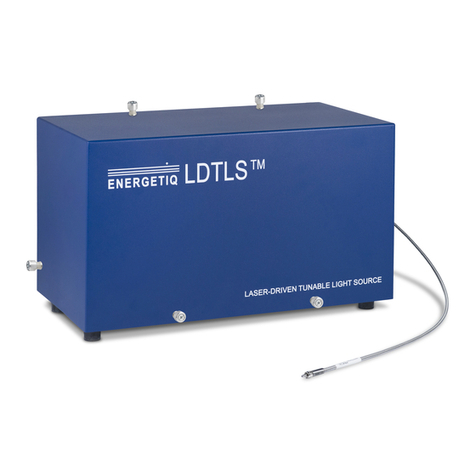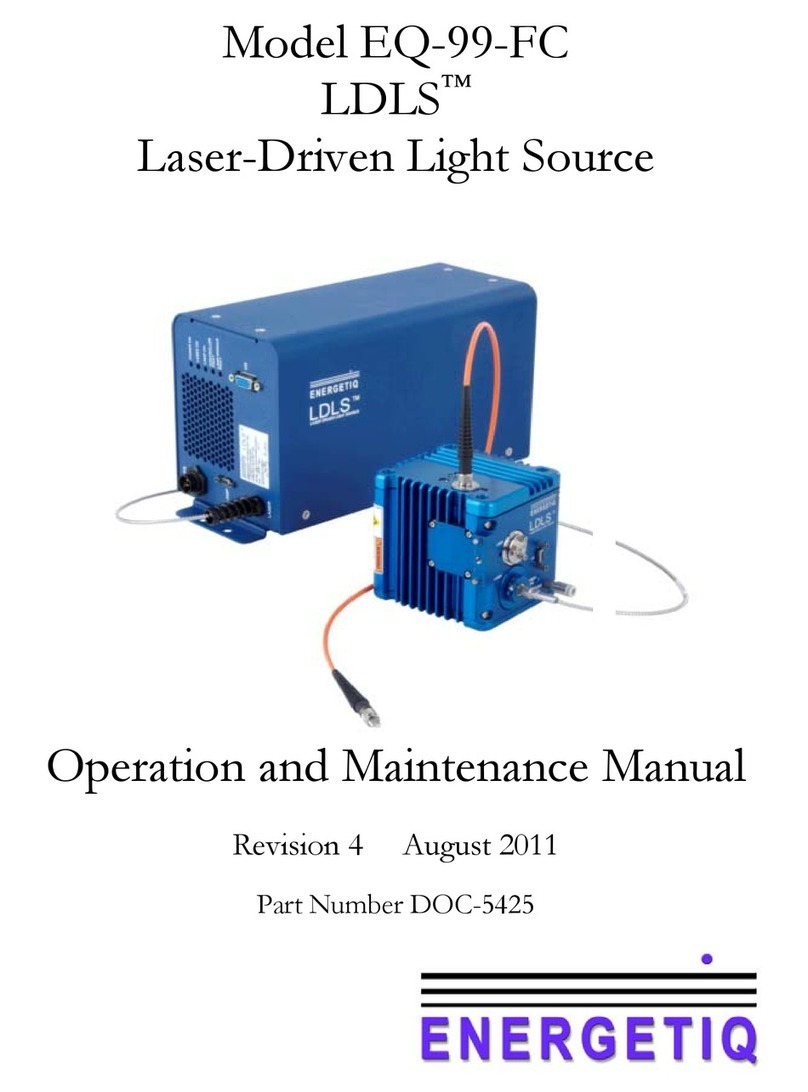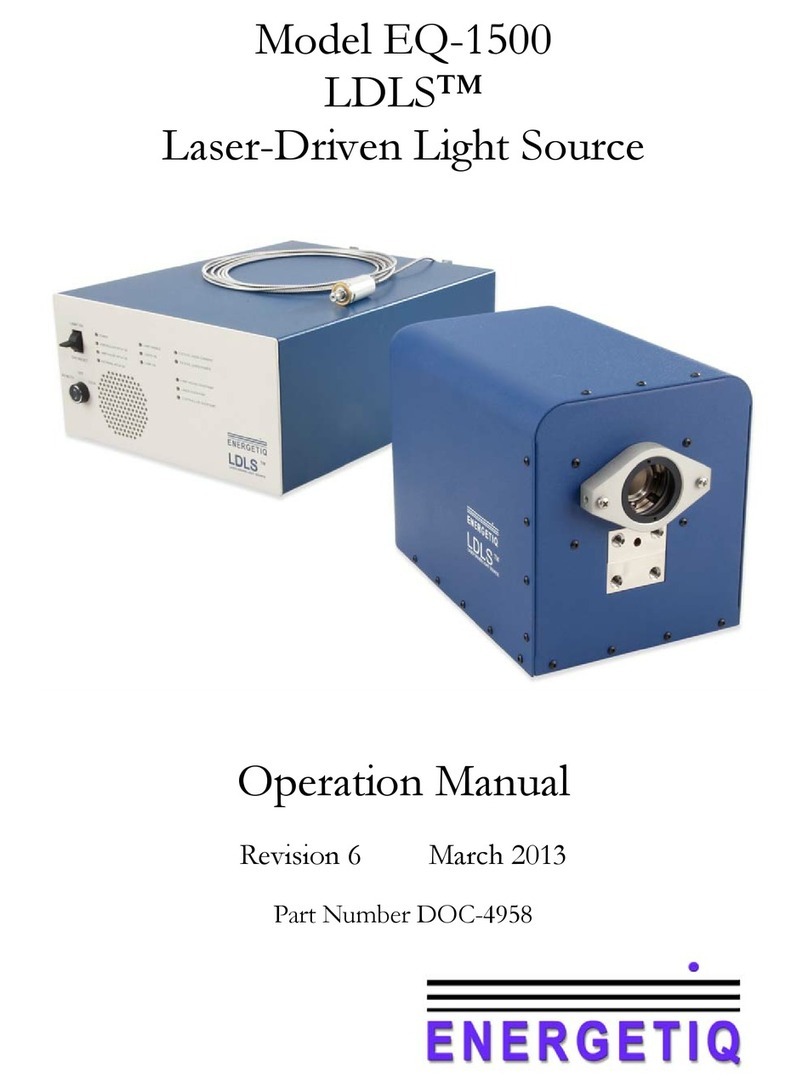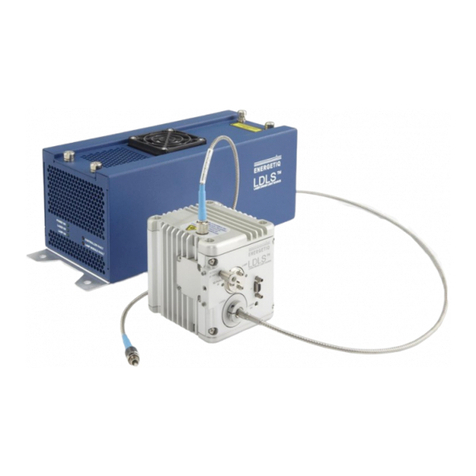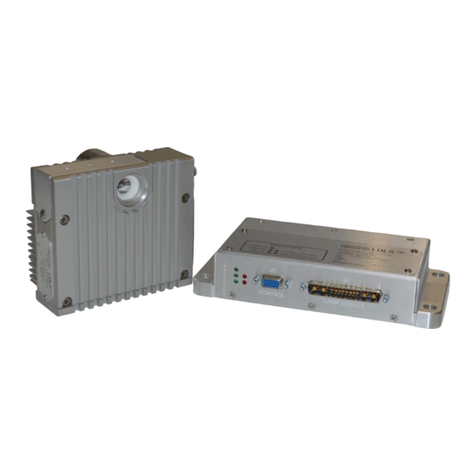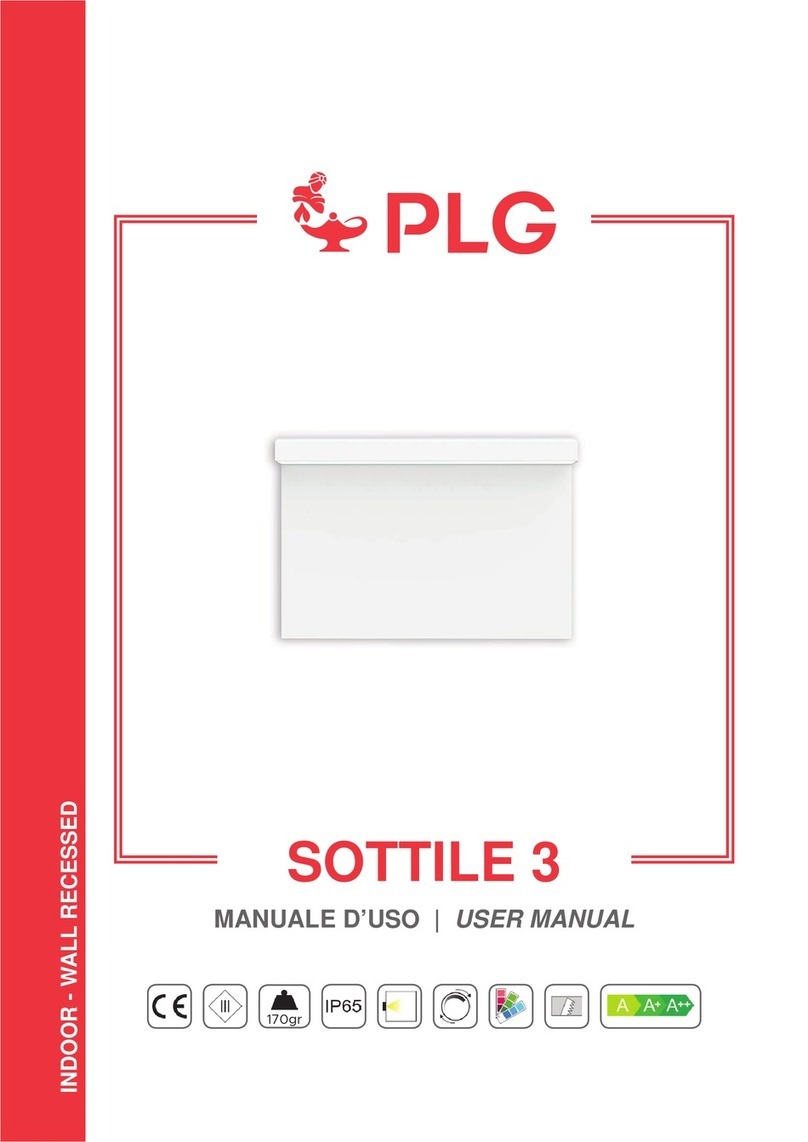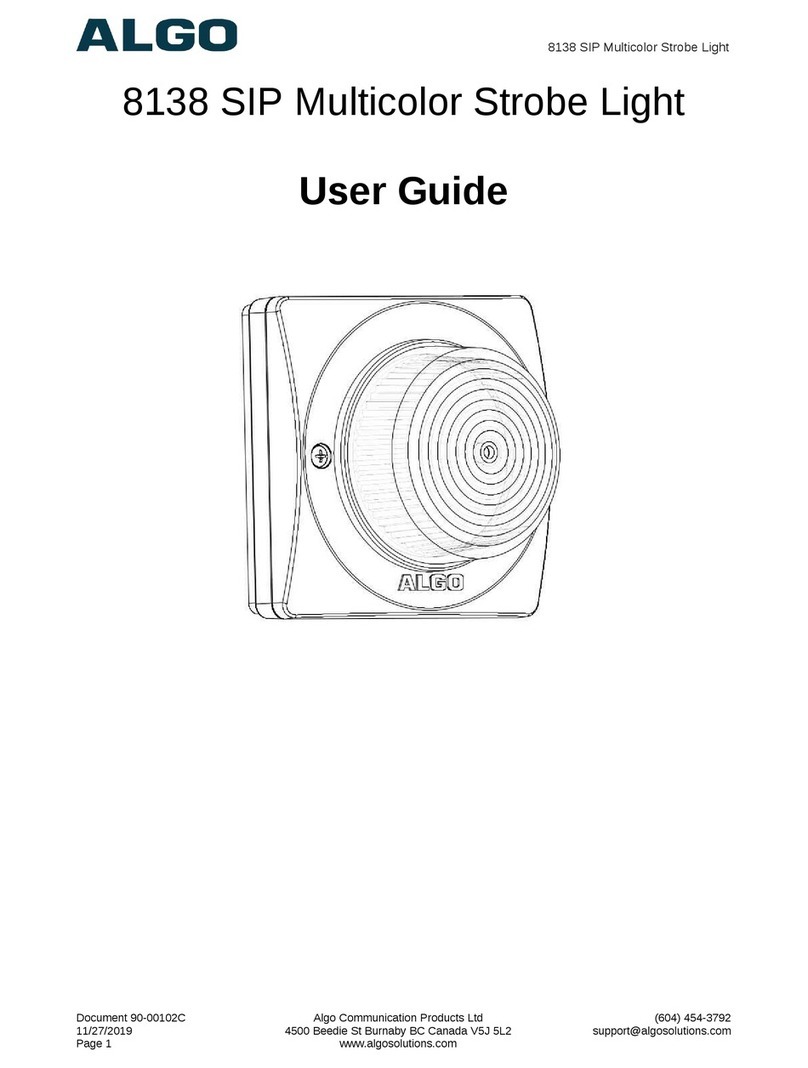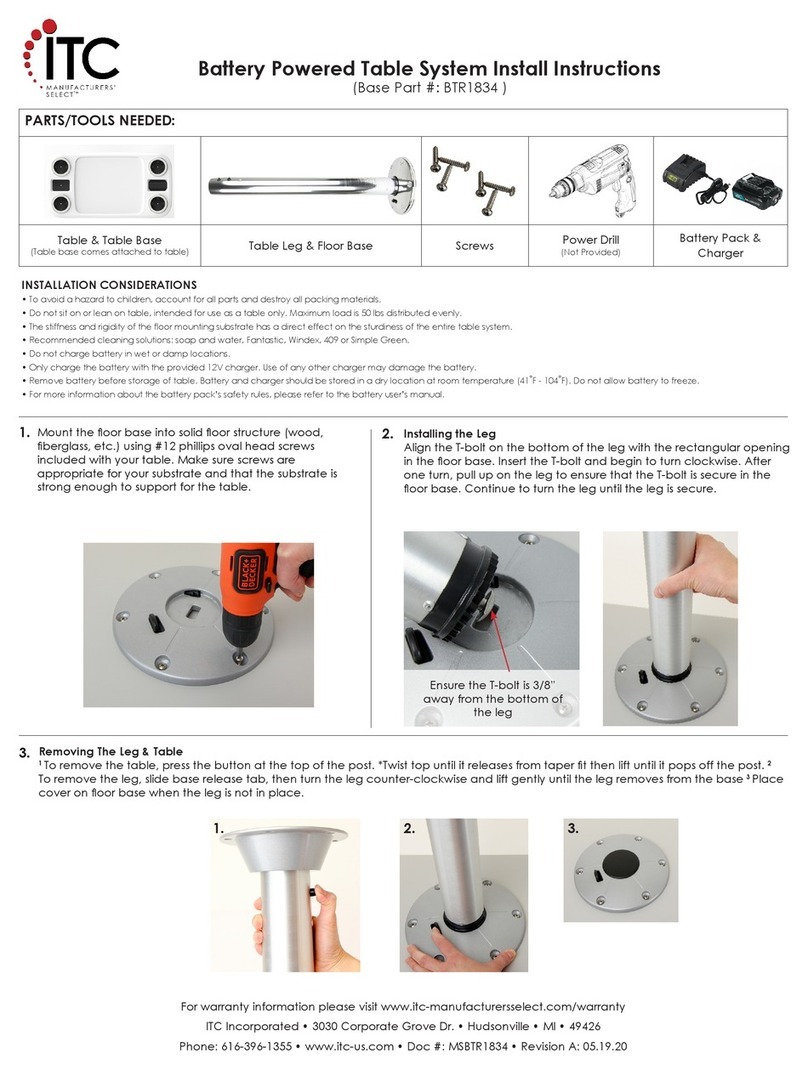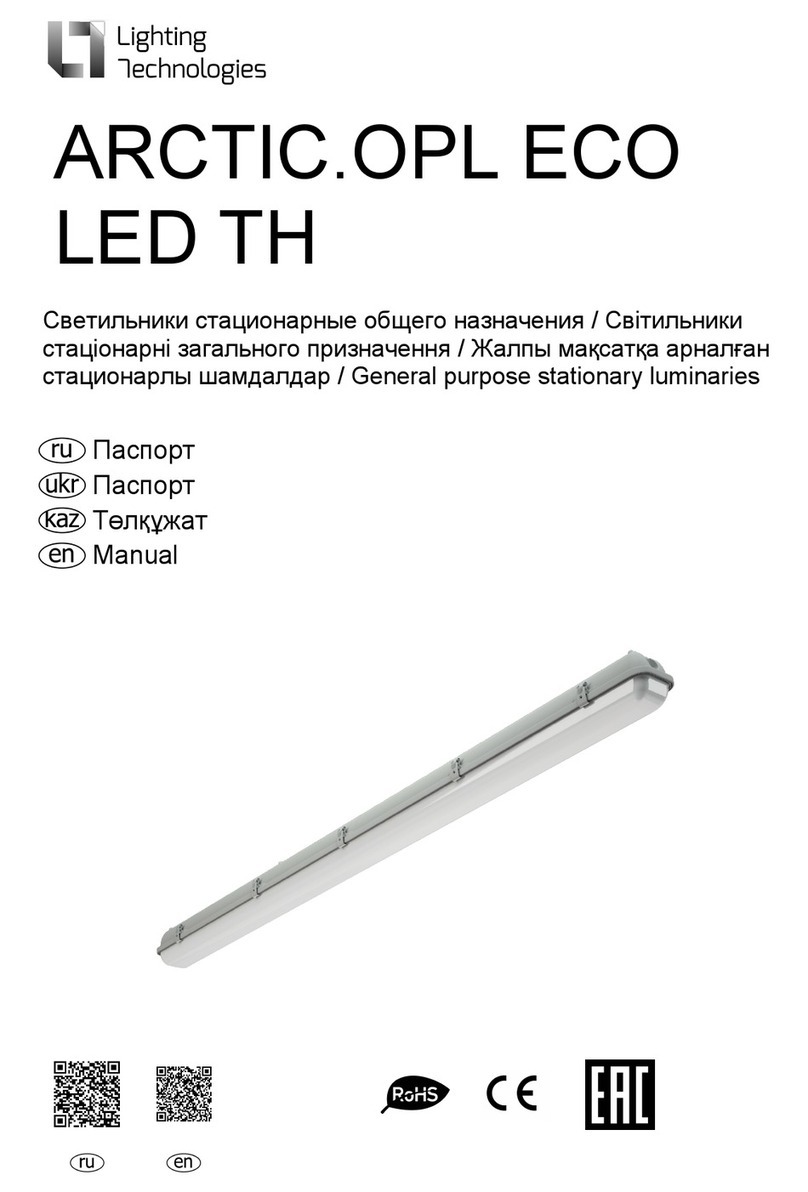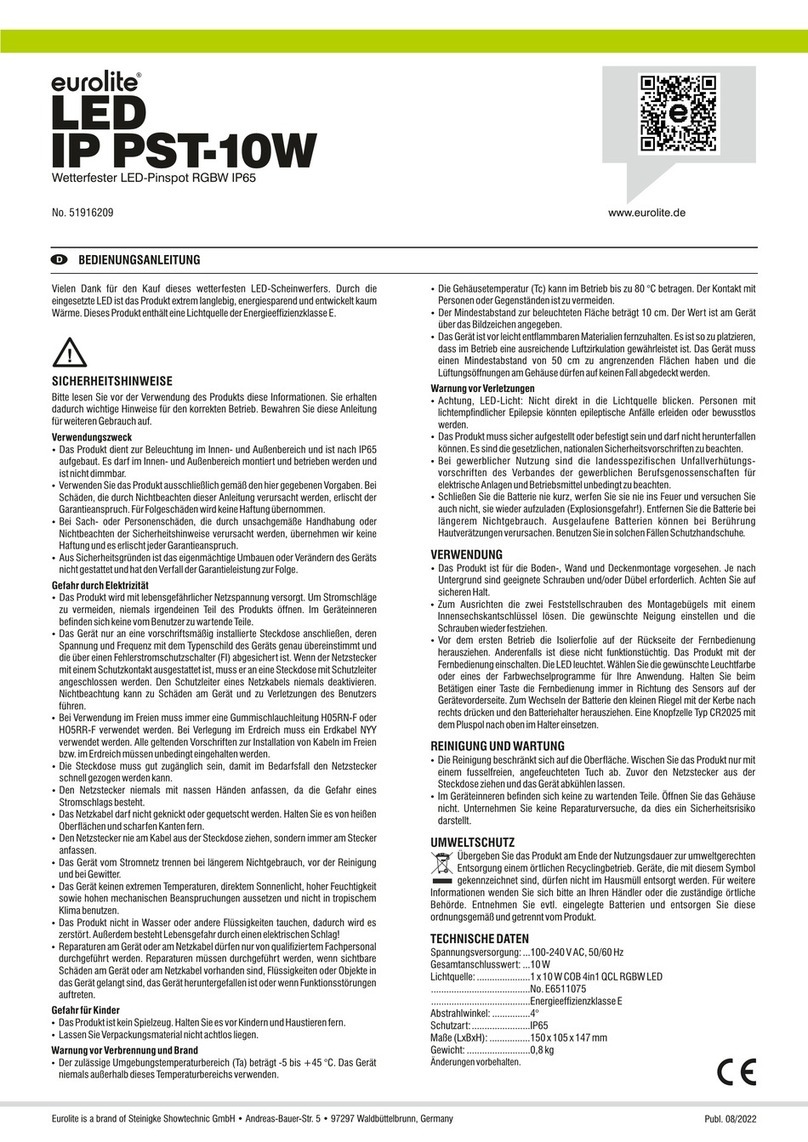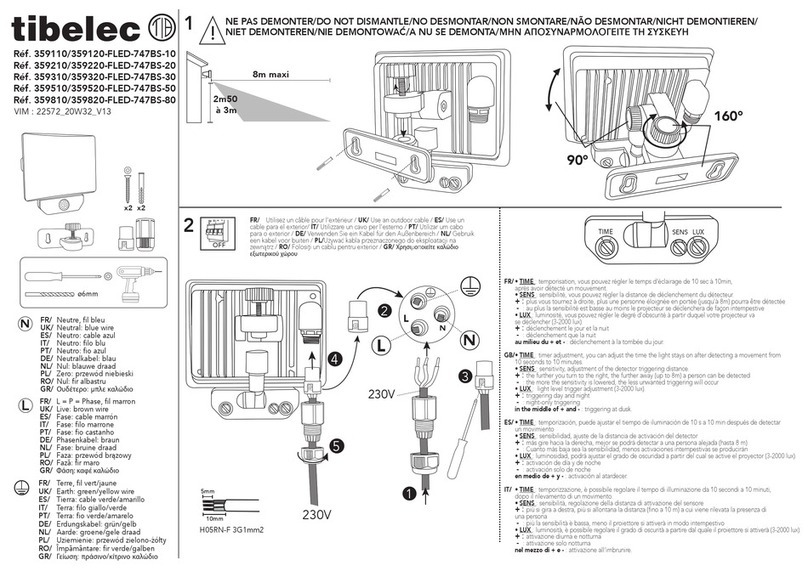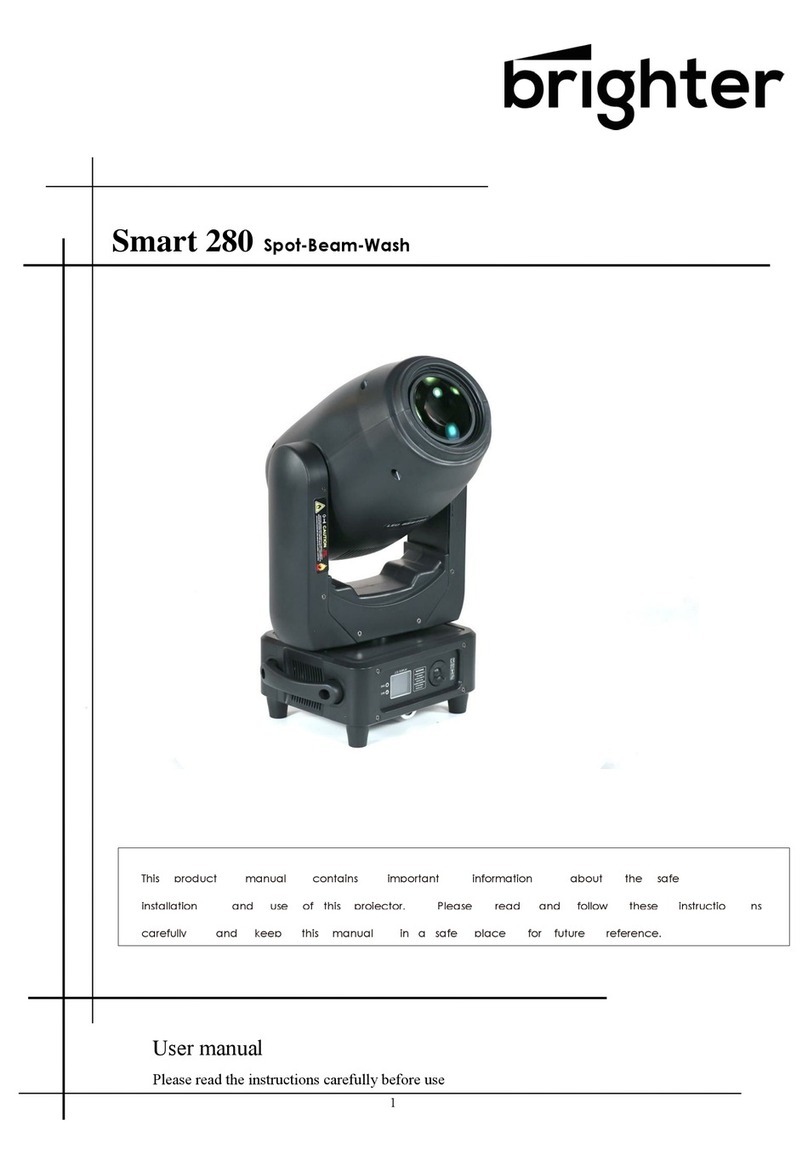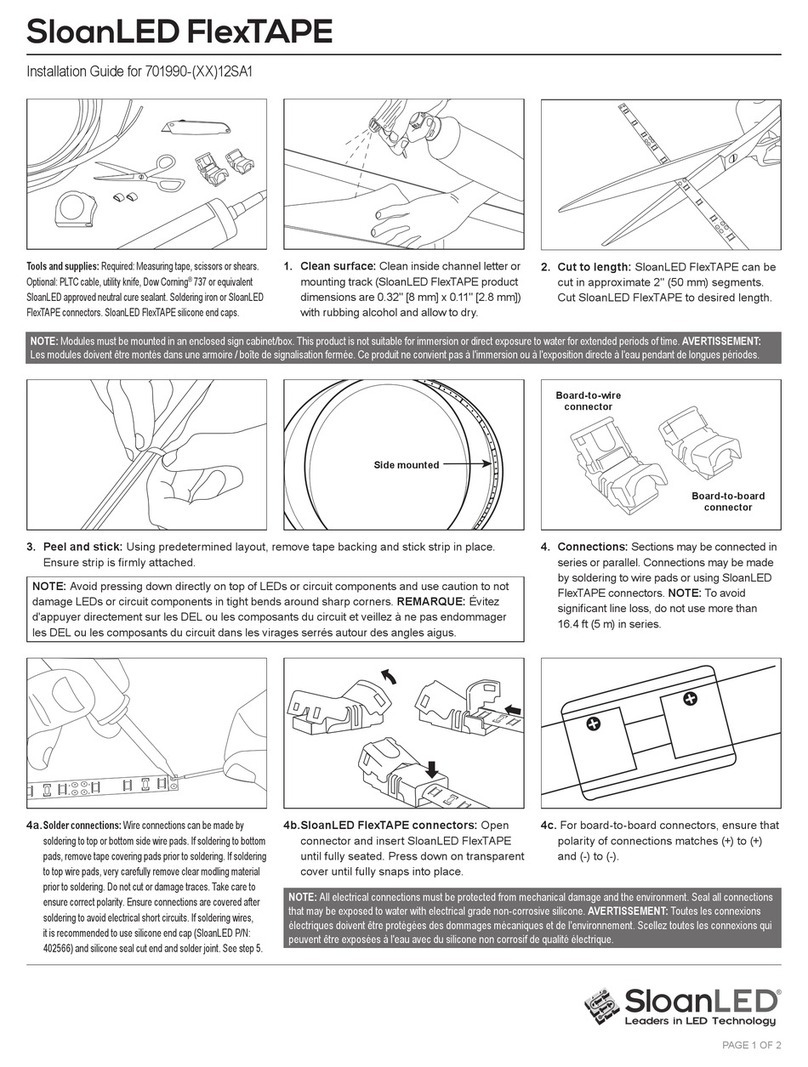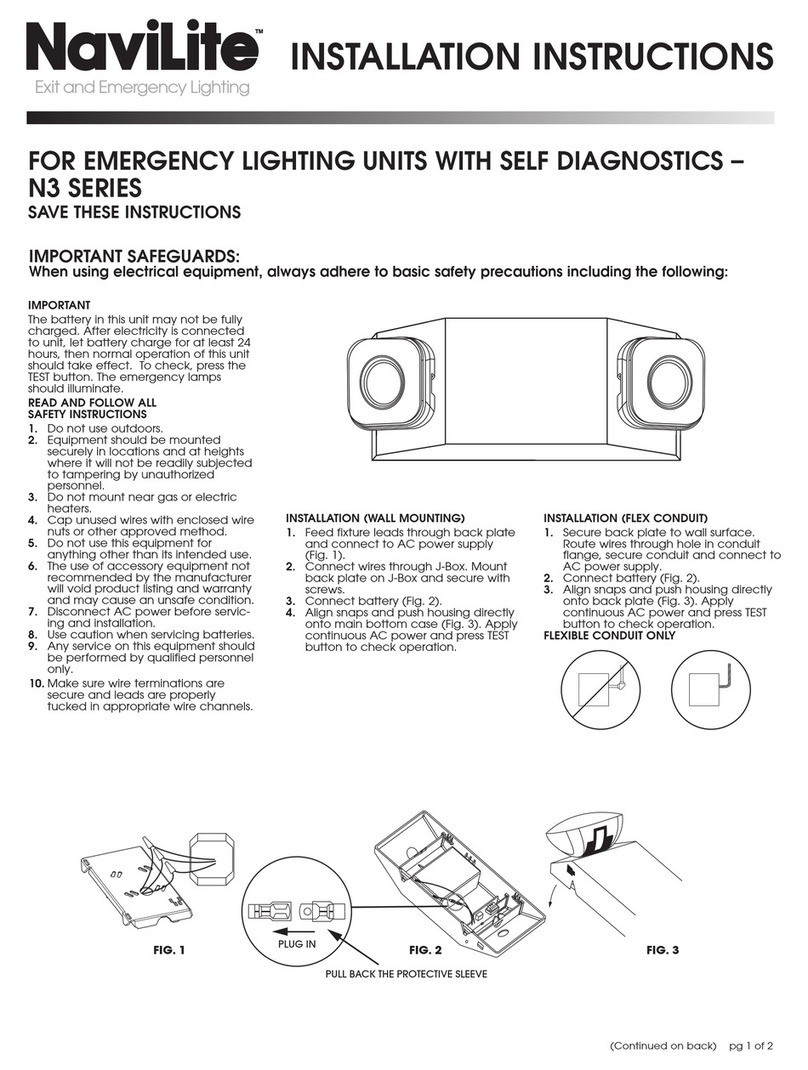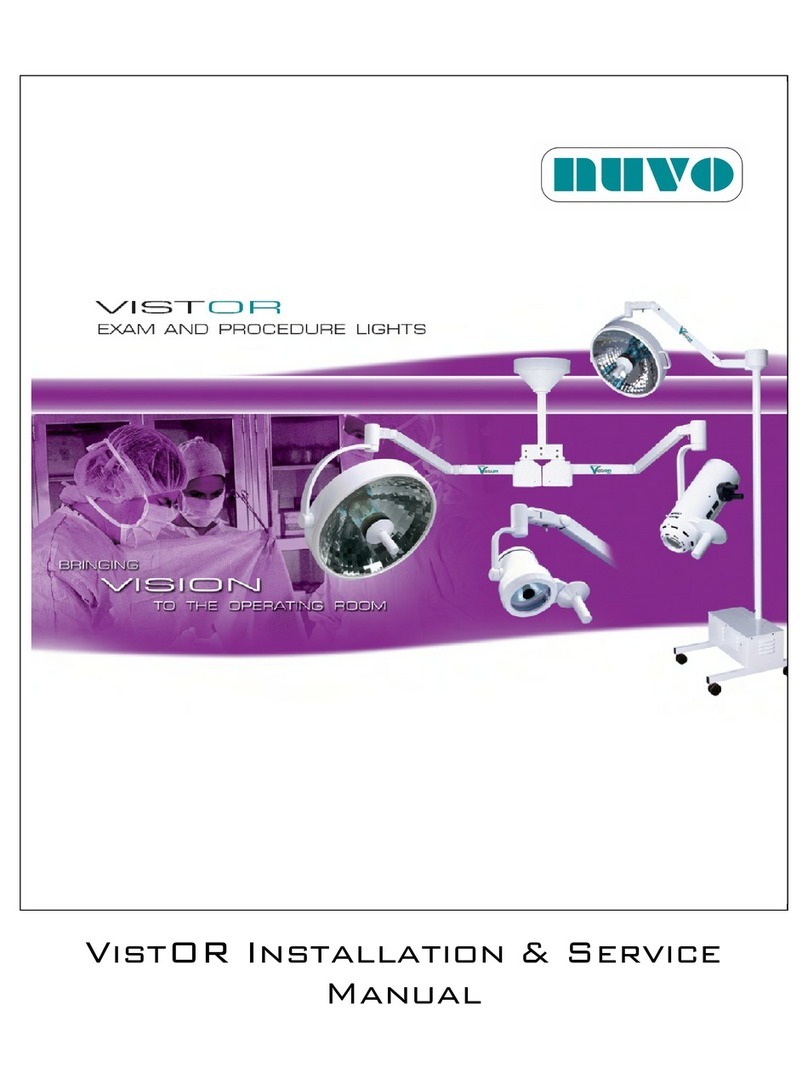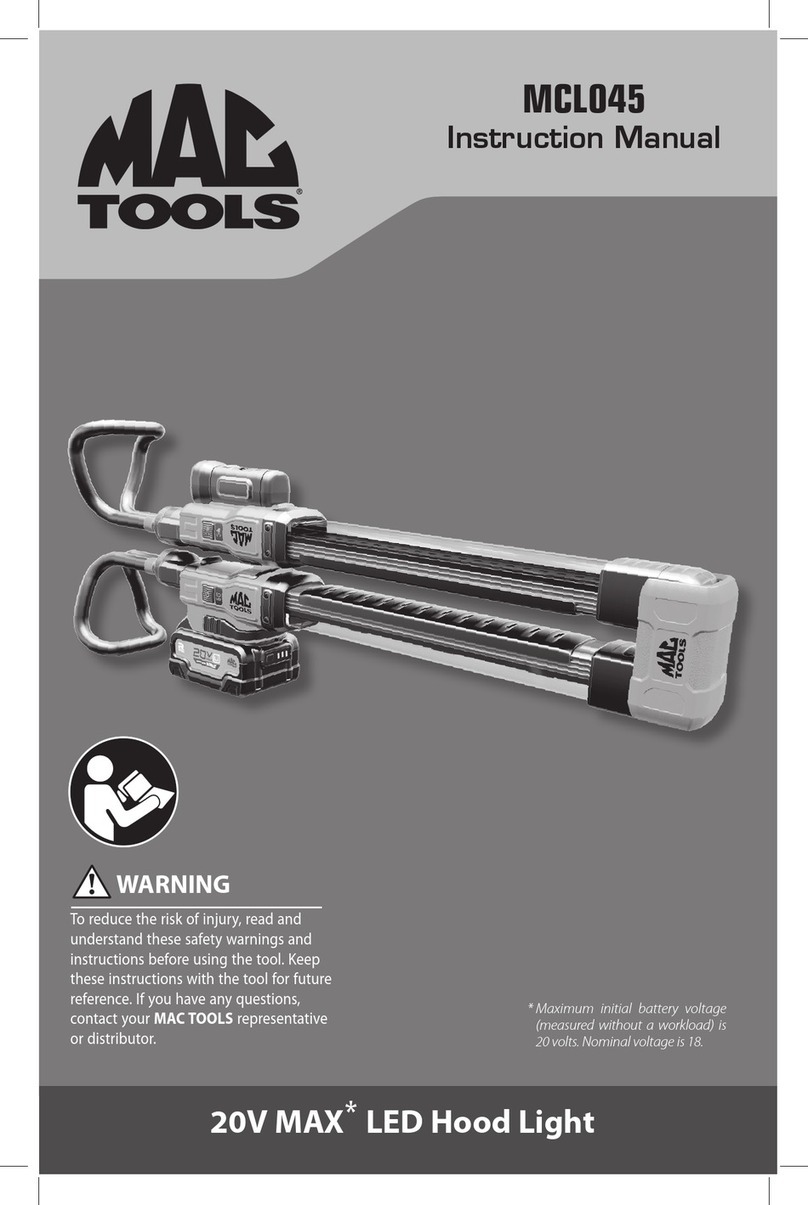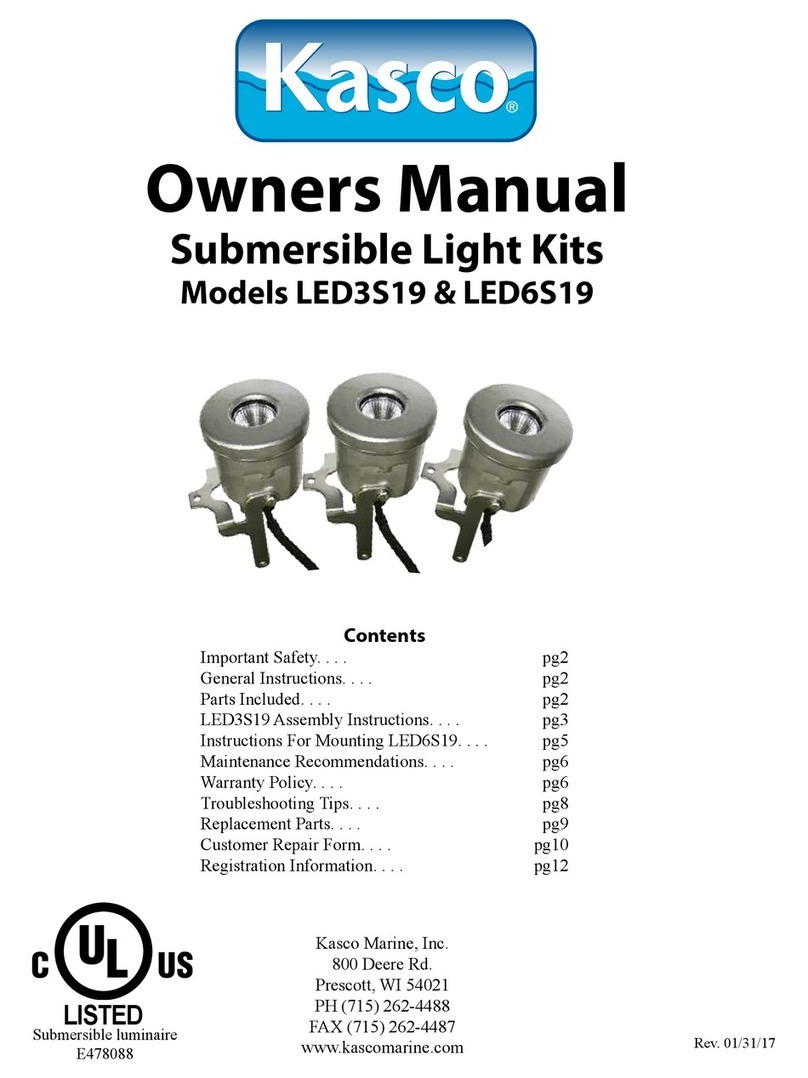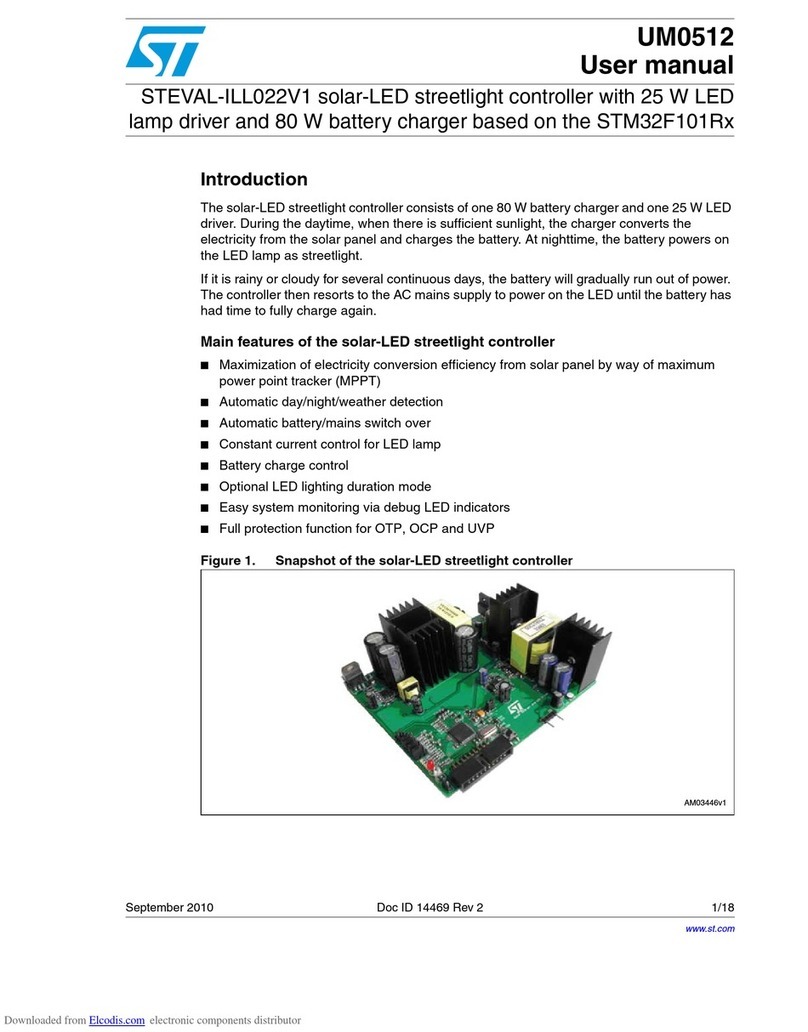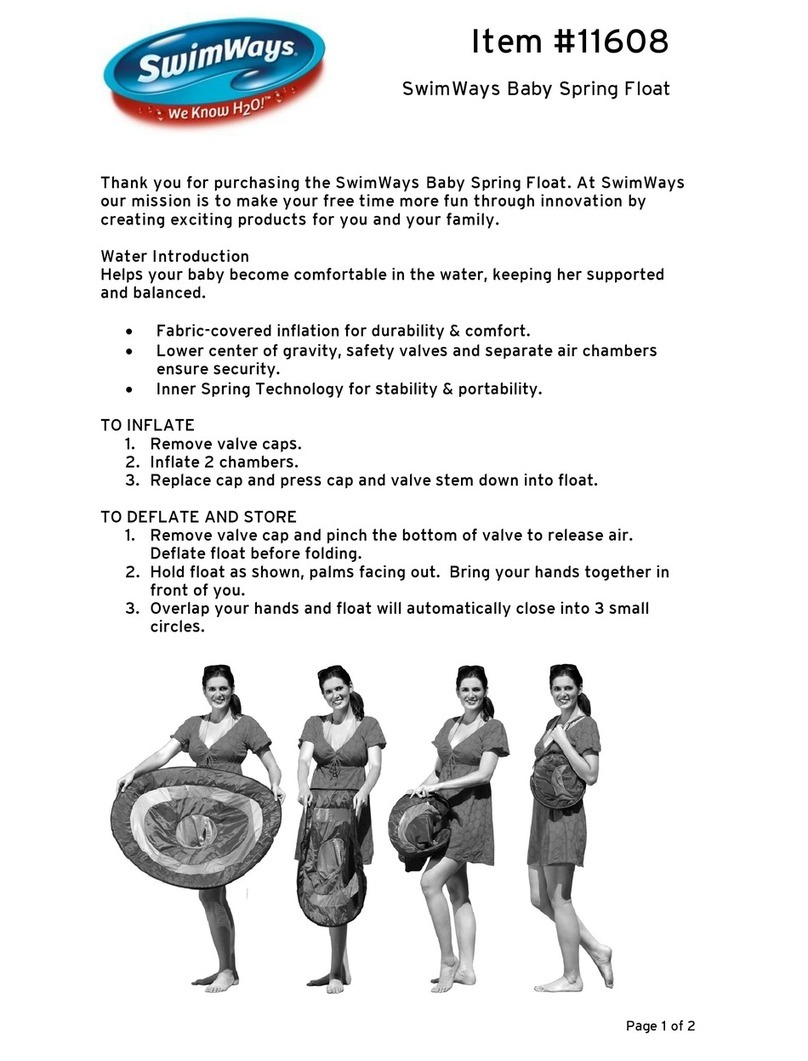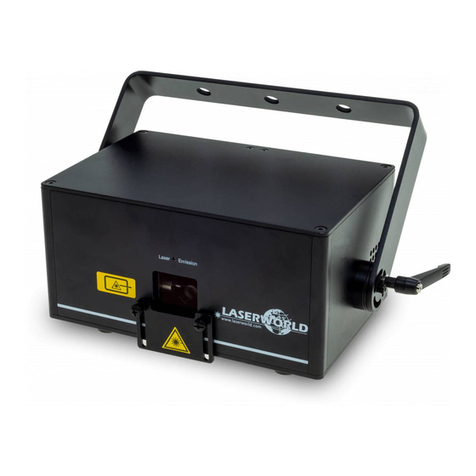Energetiq LDLS EQ-77 User manual

Model EQ-77
LDLS™
Laser-Driven Light Source
Operation Manual
Revision 3 April 2016
Part Number DOC-7070

Copyright © 2016 Energetiq Technology Inc. All rights reserved.
Energetiq products are covered by the following patents: US 7435982, 7786455, 8525138,
8969841, 9048000, 9185786; Japan 5410958, 5628253; Korea 10-1507617; UK GB2450045.
All technical information, including drawings, schematics and specifications contained in this
manual are the property of Energetiq and shall not be reproduced in whole or in part without
the written consent of Energetiq. The content of this manual is subject to change without
notice.
Energetiq Technology Inc.
7 Constitution Way, Woburn, MA 01801 USA
Tel. +1 (781) 939-0763
Fax +1 (781) 939-0769
E-mail: [email protected]
http://www.energetiq.com

Fax +1 (781) 939-0769
E-mail: support@energetiq.com
http://www.energetiq.com
Declaration of Conformity
We, the manufacturers
Energetiq Technology Inc.
7 Constitution Way
Woburn, Massachusetts USA
hereby declare that the product family
LDLS™ Laser-Driven Light Source
Model EQ-77 High Brightness Broadband Light Source
is in conformity with the requirements of the following standards
EN61010-1 (2010) Safety Requirements for Electrical Equipment for Measurement,
Control and Laboratory Use: Part 1 – General Requirements
CISPR 11:2009 Industrial, scientific and medical equipment - Radio-frequency
disturbance characteristics - Limits and methods of
measurement
EN61326-1:2013 Electrical equipment for measurement, control and laboratory
use. EMC requirements. General requirements
EN61000-3-2:2014 Electromagnetic compatibility (EMC) - Part 3-2: Limits - Limits
for harmonic current emissions (equipment input current less
than or equal to 16 A per phase)
EN61000-3-3:2013 Electromagnetic compatibility (EMC) - Part 3-3: Limits -
Limitation of voltage changes, voltage fluctuations and flicker in
public low-voltage supply systems, for equipment with rated
current less than or equal to 16 A per phase and not subject to
conditional connection
EN60825-1 (2007) Safety of laser products - Part 1: Equipment classification and
requirements
in accordance with the provisions of
2006/95/EC EU Low Voltage Directive
2 004/108/EC EU Electromagnetic Compatibility Directive
2011/65/EU EU RoHS2 Directive
Signed,
13 July 2015
Paul Blackborow, CEO Date
at Woburn, Massachusetts USA


TABLE OF CONTENTS
Chapter 1...................................................................................................................................................... 1
General Information....................................................................................................1
Safety............................................................................................................................................... 1
Chapter 2...................................................................................................................................................... 7
Description ....................................................................................................................7
General ........................................................................................................................................... 7
Specifications................................................................................................................................. 8
System Description .................................................................................................................... 10
Power Supply Controller........................................................................................................... 11
Lamp House................................................................................................................................ 13
Chapter 3.................................................................................................................................................... 17
Installation................................................................................................................... 17
Unpacking.................................................................................................................................... 17
Connections................................................................................................................................. 17
Installation Procedure................................................................................................................ 22
Chapter 4.................................................................................................................................................... 23
Operation.................................................................................................................... 23
Starting.......................................................................................................................................... 23
Stopping ....................................................................................................................................... 23
Serial Interface ............................................................................................................................ 24
Chapter 5.................................................................................................................................................... 25
Troubleshooting ........................................................................................................ 25
Fault Indicator Block Diagram................................................................................................ 25
Appendix A................................................................................................................................................ 27
Engineering Drawings .............................................................................................. 27
Appendix B................................................................................................................................................ 29
Revision History ........................................................................................................ 29


EQ-77 Operation Manual Rev. 3 1
Chapter 1
GENERAL INFORMATION
Safety
WARNING
CAUTION
The EQ-77 emits dangerous levels of UV
radiation. Even short exposures to skin or eyes
may cause burns. Ensure that only authorized
personnel are in the vicinity of source during
operation. Personnel in vicinity of operating
source should wear protective eyewear, clothing,
and gloves. Lighted UV warning lights and signs
posted on doors to lab areas may help prevent
accidental exposure.
This unit emits ultraviolet (UV) radiation that is
harmful to humans. Avoid exposure to the
direct or reflected output beam. Make certain
that the appropriate output beam shields and
optics are in place prior to energizing the unit.
All interlocks must be satisfied prior to
operation; failure to do so may lead to
hazardous conditions.

2 EQ-77 Operation Manual Rev. 3
WARNING
General Precautions
The output beam from the EQ-77 should be blocked when not in use with an electronic
shutter or other appropriate beam blocking device. Due to the possibility of generating ozone
with some models of EQ-77 when ambient oxygen is exposed to short wavelength light, the
beam should always be enclosed in an appropriate beam pipe, tube, or enclosed space. We
suggest purging any beam transport space with dry nitrogen gas.
The EQ-77 source must also be cabled correctly and connected to a power source with a
protective earth ground prior to operation.
Refer to the Installation section of this manual in Chapter 3 for details of the facilities
connections.
There are no user-serviceable parts inside the EQ-77. For any problems encountered during
operation, please contact Energetiq Technology for assistance. If there is a component
failure, do not attempt to open the Power Supply Controller or Lamp House enclosure
of the EQ-77.
The EQ-77 utilizes a quartz lamp containing a high-pressure gas fill. Explosion of the
lamp and possible injury from flying fragments can occur if the lamp is mishandled.
Do not open the enclosure of either the Lamp House or the Power Supply Controller.
Dangerous invisible infrared laser beams and hazardous voltages exist inside the
Lamp House. Opening the chassis both voids the warranty and exposes the user to
dangerous radiation and hazardous voltages.
The EQ-77 utilizes an internal Class 4 IR laser
capable of causing severe injury to eyes or skin.
Do not open or attempt to service this unit.
Contact Energetiq regarding any problems with
the unit.

EQ-77 Operation Manual Rev. 3 3
CAUTION
Laser Information
The EQ-77 uses a patented* laser drive system to excite a plasma that radiates in the UV as
well as the visible bands. A class 4 laser is located in the Lamp House enclosure. The optical
configuration of the Lamp House ensures that the direct laser beam cannot exit the unit. The
EQ-77 laser product is designated as Class 1 during all normal operation.
The parameters of the non-accessible internal laser are given below in Table 1.
Wavelength 974 nm
Emission Type CW
Laser Power for classification <36 mW via 7mm measurement
aperture
Beam Diameter ~25 mm at aperture
Divergence >100 mRad
Transverse Beam Mode Diffuse
Table 1: Embedded Laser Parameters
No regular maintenance is required for the EQ-77. Any service to the system must be
performed only by factory authorized and trained technicians. To avoid injury, under no
circumstances should the user open or modify the Lamp House or Power Supply Controller
enclosure.
The unit must not be operated if the covers are removed or it is defective in any way. Contact
Energetiq if any problems with the equipment are suspected.
*US 7435982, 7786455, 8525138, 8969841, 9048000, 9185786 ; Japan 5410958, 5628253; Korea 10-1507617; UK
GB2450045
Use of controls or adjustments or performance of procedures
other than those specified herein may result in hazardous
radiation exposure.

4 EQ-77 Operation Manual Rev. 3
Labels and Safety Notification
The following safety labels appear on the product. Figure 1 shows the location of each label
on the EQ-77 system.
UV Hazard warning label – indicates hazardous levels of UV
light are present.
Manufacturer’s identification label – gives the manufacturer’s
name and address, and the model, serial number, and date of
manufacture of the equipment.
Explanatory label – states the classification of the laser product.
Class 1 is the lowest hazard level classification.
Certification label – states that the equipment has been tested
and verified to meet the standards indicated.
Non-interlocked housing label – notifies of a potential hazard
when covers are removed.

EQ-77 Operation Manual Rev. 3 5
Figure 1: Safety Label Locations
Safety Interlocks
The EQ-77 is equipped with interlocks to prevent operation of the device when any of the
following conditions are present:
1. An external interlock is open
2. No bulb is installed
External Interlock
External interlock pins are provided for the customer’s use (see Chapter 3 for connection
details). Any suitable normally-open contact or solid-state switch can operate the interlock
circuit. The contact or switch should be rated for 80mA minimum at 5VDC.
The interlock circuit must be connected to enable the operation of the unit. Should the
interlock connection open during operation or standby, the source is immediately disabled, and
all light output from the aperture ceases.
Certification
Label
Explanatory
Label
Manufacturer’s
Identification label
UV Hazard
Warning Label
Non-interlocked
Housing Label

6 EQ-77 Operation Manual Rev. 3

EQ-77 Operation Manual Rev. 3 7
Chapter 2
DESCRIPTION
General
The EQ-77 is a broad-band lamp system for use in a wide variety of applications. The lamp
produces high brightness, broad-band light from DUV wavelengths through visible and
beyond. The output is very stable, and has a long lifetime before any service is required. A
simple control interface ensures ease of use.
Some of the advantages of the EQ-77 include:
Very high brightness across complete spectrum
–190nm through visible and beyond
Eliminates need for multiple lamps (replaces D2/Tungsten/Xenon Arc)
–Simplified optical system
Excellent spatial stability
–Repeatable measurements
Superior short and long term power stability
–Repeatable measurements
Electrodeless operation for long life
–Reduced consumable costs
–Minimal recalibration of instrument
The EQ-77 system consists of a Power Supply Controller unit, Lamp House unit, and
interconnecting cable. Connection to AC power is required for operation. Connections to
nitrogen purge gas and cooling water are required. See Chapter 3 for connection details.

8 EQ-77 Operation Manual Rev. 3
Specifications
Optical Performance
Typical output spectrum: see Figure 2.
Figure 2: Typical Output Spectrum
Physical Specifications
Dimensions (H x W x D)
Lamp House: 128 x 175 x 102 mm (5.0 x 6.9 x 4.0 in)
Power Supply Controller: 152 x 250 x 132 mm (6.0 x 9.8 x 5.2 in)
Weight
Lamp House: 2.2 kg (4.9 lb)
Power Supply Controller: 2.9 kg (6.5 lb)
0.0
0.2
0.4
0.6
0.8
1.0
1.2
1.4
1.6
200 250 300 350 400 450 500 550 600 650 700 750 800 850
Relative Spectral Radiant Flux (a.u.)
Wavelength (nm)
Relative EQ-77 Spectral Radiant Flux (Typical)

EQ-77 Operation Manual Rev. 3 9
Utility Requirements
Electrical: 100 – 240 V~, 50/60 Hz, 350 W
Purge gas: clean dry nitrogen, filtered to 5um, 20 psig (0.14 MPa) supply pressure
–Fittings: 4mm push-to-connect
Cooling water: >= 1 liter/minute, 18 – 30 °C, 100 psig (0.69 MPa) max. inlet
pressure
–Fittings: 1/4-inch Swagelok
Remote Interface
Digital Inputs
Type: Optocoupler LED
Logic: Active High
Input voltage: 5VDC
Input current: 8mA
External Interlock Input Only (pin 13)
Type: Relay Coil
Logic: Active High
Input voltage: 5VDC
Input current: 80mA
Digital Outputs
Type: Open collector to ground (digital common)
Logic: Active Low
Voltage: 30VDC max.
Sink current: 30mA max.
User Power
Voltage: 5VDC, referenced to digital common
Current: 400mA maximum
Serial Interface
Type: RS-485 4-wire (full duplex)
Connector: Male 9-pin d-sub
Termination: 120 ohms across receiver input (pins 2 and 7)
Interface protocol: see Chapter 4
Port settings: 9600 bps, 8 data bits, 1 stop bit, no parity, no handshaking

10 EQ-77 Operation Manual Rev. 3
Environmental Requirements
Operating
Ambient temperature: 15–35°C
Relative Humidity: non-condensing, 80% max. for temperatures up to 31°C,
decreasing linearly to 50% max. at 35°C.
Pollution Degree 2 (normally only non-conductive pollution; occasional,
temporary condensation possible)
Installation Category II
Indoor use only
Transport
Temperature: -5–70°C
Relative Humidity: non-condensing, 95% max.
System Description
As shown in Figure 3 the EQ-77 system consists of a Power Supply Controller unit, Lamp
House, Controller to Lamp house interconnect cable (not shown), and power input cable (not
shown). I/O interface connections (also not shown) are provided by the user.
The following sections provide descriptions of the system components and controls, and give
an overview of their functions. Refer to the “Installation” section of this manual (Chapter 3)
for more detailed information.

EQ-77 Operation Manual Rev. 3 11
Figure 3: EQ-77 Lamp System
Power Supply Controller
The Power Supply Controller contains:
Laser power supply
Thermo-electric cooler control system for laser
Control electronics
Status indicator LEDs
Interface connectors
External features (refer to Figure 3):
Lamp House Control
Connector Lamp House
Control
Connector
I/O Interface
Connector
Status
Indicators
Optical Output
(opposite side)
Power Input
Connector Power Supply
Controller
RS-485
Connector
Water inlet/outlet
fittings
Purge gas inlet/outlet
fittings
Retroreflector
assembly
Lamp
House

12 EQ-77 Operation Manual Rev. 3
Status Indicator LEDs
These five LEDs indicate the system status. The function of these indicators is shown below
in
Table 2.
LED Label Meaning (when lit)
POWER ON AC power is connected to the EQ-77 Power Supply Controller
LAMP ON UV Light is on
LASER ON Laser power is ON and laser light is being produced within the Lamp
House
CONTROLLER FAULT One of the following has occurred in the Power Supply Controller:
1. External interlock open
2. Controller internal temperature too high
3. Laser power not reaching setpoint
4. Laser temperature fault
5. Internal power supply voltage low
LAMP MODULE FAULT One of the following has occurred in the Lamp House module:
1. Control Cable not connected properly
2. Lamphouse internal temperature too high
3. Ignition Failure
Table 2: Status Indicator LED Functions
Input/Output (I/O) Connector
Provides access to control and status signals. See Chapter 3 for pin assignments and functions.
This is the only operator interface to the EQ-77 – there are no local controls. Energetiq offers
the EQ-99-RC Remote Control Module which connects to the Input/Output connector of
the EQ-77 or EQ-99 and provides a means of local control. Contact Energetiq for additional
information.

EQ-77 Operation Manual Rev. 3 13
Power Input Connector
This is an IEC 320 inlet connector for AC power input. See Chapter 3 for detailed
information.
Lamp House Control Connector (21-pin mixed D-sub)
Provides various power and control signals to/from the Lamp House module. No other
connector or cable may be used with the EQ-77 other than the one supplied.
RS-485 Connector (9-pin D-sub)
Connector for optional RS-485 interface. See Chapters 3 and 4 for electrical details and
commands.
Lamp House
The Lamp House assembly contains:
Lamp
Igniter
Laser
Thermoelectric cooler
IR pumping optics
Output windows
Retroreflector assembly
Laser ON indicator
Interface connectors

14 EQ-77 Operation Manual Rev. 3
Figure 4: Lamp House Assembly
External features (refer to Figure 4):
Lamp Windows
The lamp windows at the optical output provide protection from the high pressure bulb inside
the Lamp House. An internally-threaded SM1 adapter is provided for easy connection of
optical hardware.
Nitrogen Purge Inlet / Outlet
These are the fittings for the required nitrogen purge gas. With no purge, ozone will form
from atmospheric oxygen and attenuate the light output in the 220 – 280nm band. In
addition, atmospheric oxygen and water vapor will attenuate the output below 200nm.
Cooling Water Inlet / Outlet
These fittings are for connection of cooling water required by the Lamp House.
Lamp
Window
(opposite side)
Control
Connector (to
Controller)
Nitrogen Purge
Inlet
Laser ON
Indicator
Nitrogen Purge
Outlet
Cooling Water
Inlet
Cooling Water
Outlet
Retroreflector
Assembly
Table of contents
Other Energetiq Lighting Equipment manuals

